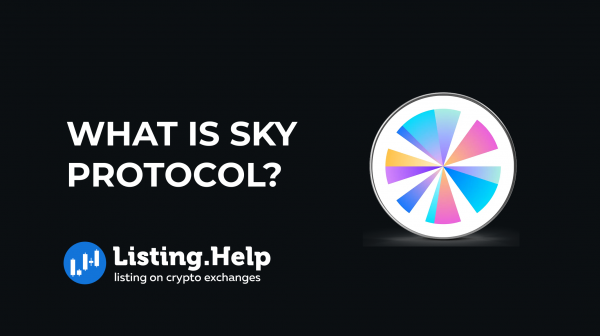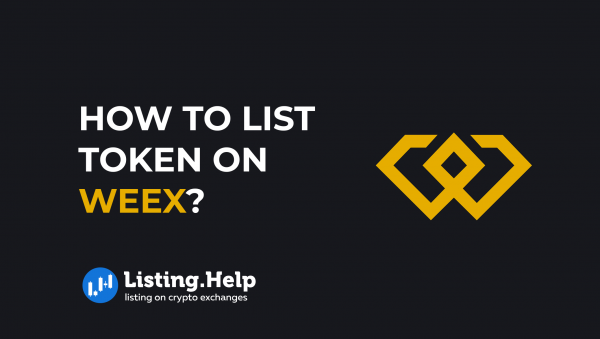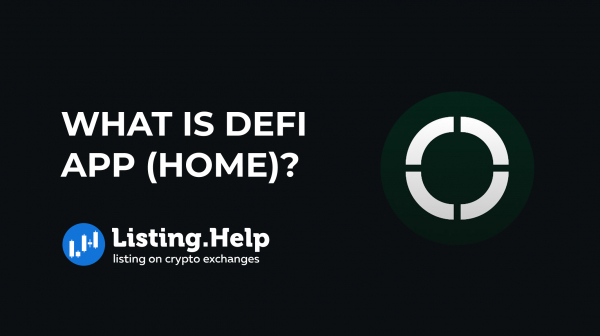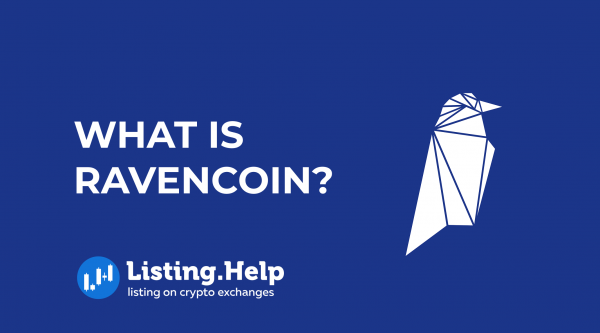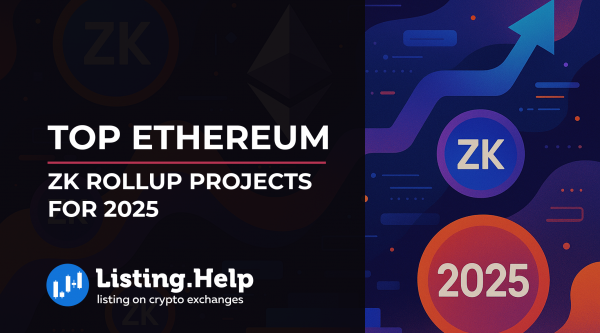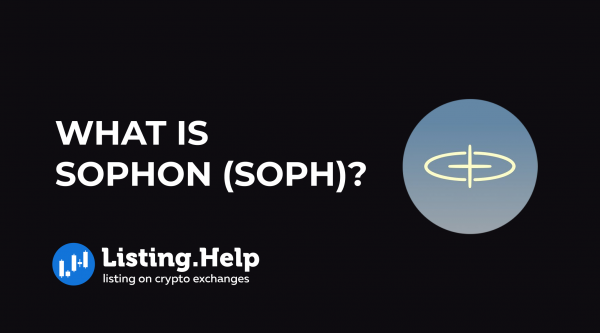What is Blockchain Scalability and why is it important?
 December 1, 2023
December 1, 2023 Updated: January 27 2025, 07:23
Updated: January 27 2025, 07:23
LEAVE A REQUEST
Launching your own token project? Our experts are ready to help with listing on exchanges, market making, marketing and other solutions
SUBMIT APPLICATIONWhat are scalability and scalable blockchains?
Scalability, in a broad sense, relates to the capacity of a system to expand and manage increased demand. In the context of computing, enhancing a machine’s performance through hardware upgrades can make it more efficient at processing tasks. Similarly, when discussing scalability in the realm of blockchains, it’s about augmenting their ability to process a larger number of transactions.
Bitcoin, along with other similar protocols, possesses numerous advantages. However, scalability is not one of its strong suits. In a hypothetical scenario where Bitcoin operated on a centralized database, it would be relatively straightforward for an administrator to enhance the system’s speed and transaction handling capabilities. Yet, the core values of Bitcoin, particularly its censorship resistance, necessitate the synchronization of the blockchain across numerous participants, complicating the scalability process.
What is the blockchain scalability problem?
Blockchain technology strives to establish decentralized, globally distributed networks that facilitate user interactions and transactions independent of a central governing authority.
In these networks, anyone can operate a network node, granting them the privilege to partake in the governance and transaction validation processes of the network. This widespread participation is vital for maintaining both the security and the decentralized nature of the blockchain.
Ensuring that every user has the capability to run a node is crucial. Therefore, the hardware requirements for operating a node are designed to be within reach of the average user. This inclusivity, however, introduces certain technical constraints.
To accommodate accessible hardware specifications, blockchains define block sizes and transaction limits that are feasible for consumer-level hardware. However, as the usage and popularity of blockchains increase, these limitations can lead to processing bottlenecks.
When the block size is insufficient to accommodate all pending transactions, users often resort to paying higher fees to expedite their transaction processing. The more congested the network, the higher these transaction fees become.
A significant aspect of the scalability discussion revolves around consensus mechanisms, particularly proof-of-work. Blockchains utilizing this consensus model face additional hardware demands, further complicating scalability issues.
Scalability, therefore, has a direct and profound impact on the overall performance of a blockchain, the user experience, and the technology’s long-term sustainability and expansion. Addressing this challenge has emerged as a critical focus for blockchain developers worldwide, underscoring its importance in the evolution of blockchain technology.
Addressing Scalability with Layer 2 Solutions
When considering scalability in blockchain, a common query is: why not simply enlarge block size or shorten block intervals to quicken the network? Adjusting these parameters might seem like a straightforward solution, but it entails significant trade-offs. For instance, processing larger and more frequent blocks would necessitate nodes using more advanced computing resources.
Raising the bar for hardware to operate a node, thereby restricting node operations to only those with specialized equipment, is not an ideal solution. Such measures are merely superficial fixes that fail to address the core issue and might lead to more significant problems.
Vitalik Buterin, the co-founder of Ethereum, emphasizes the importance of accessibility in blockchain networks: “For a blockchain to be decentralized, it’s crucially important for regular users to be able to run a node and to have a culture where running nodes is a common activity.” This statement highlights the delicate balance that must be struck between a blockchain’s capacity and the hardware requirements for running a node.
To scale effectively, blockchain systems need to maintain operational efficiency and performance as they handle increasing volumes and demand without necessitating more powerful and costly hardware.
So, what are the alternatives if adjusting the fundamental parameters of the blockchain isn’t viable for solving scalability issues? The two widely recognized solutions are on-chain technical improvements and layer 2 (L2) solutions.
On-Chain Technical Improvements:
These improvements entail updates and enhancements to the blockchain protocol itself to boost its processing power. Examples include the implementation of SegWit on Bitcoin and sharding on Ethereum, both aimed at improving transaction processing efficiency.
Layer 2 (L2) Solutions:
L2 solutions are additional layers or protocols developed on top of an existing blockchain. These frameworks enhance the speed and efficiency of the underlying blockchain without altering its foundational parameters, thereby preserving its decentralized nature.
Well-known L2 solutions addressing scalability issues include the Lightning Network for Bitcoin and Arbitrum for Ethereum. These solutions offer alternative pathways to manage the growing demands on blockchain networks while maintaining their foundational principles.
Scaling Smart Contract Networks
The emergence of Ethereum marked a significant evolution in blockchain technology, introducing smart contracts. These smart contracts expanded blockchain applications beyond what Bitcoin offered, enabling more intricate use cases and allowing for the development of computer programs directly on the blockchain.
However, this advancement brought with it a unique challenge known as the halting problem. This issue arises when a program enters an infinite loop, potentially running indefinitely. On the Ethereum blockchain, such infinite loops posed a serious risk of congesting the entire network, threatening its functionality.
Ethereum’s innovative solution to this problem was the introduction of “gas.” Gas functions as a form of computational fuel, enabling users to execute programs on the Ethereum network, provided they have sufficient gas. Once the allocated gas is depleted, the program automatically ceases execution. This approach effectively addresses the halting problem by preventing infinite loops unless someone is willing to pay infinite fees.
The implementation of gas has been instrumental in maintaining the smooth operation of the Ethereum network. It prevents blockages and slowdowns, ensuring that the network can support a wide array of computer programs and smart contract functionalities without succumbing to overload. This solution has been key in allowing Ethereum to sustain its smart contract capabilities while managing network scalability.
The future for blockchain scalability
Over the past decade, the blockchain industry has witnessed significant advancements in addressing scalability challenges, paralleling the early growth stages of the internet. Just as the internet initially struggled to handle a rapidly expanding user base and associated slowdowns, blockchain technology has been facing similar scalability hurdles.
The increasing adoption and integration of blockchain across various sectors have led to a proliferation of real-world applications and innovative use cases, signaling a promising trajectory for cryptocurrency.
However, this growth has not been without its challenges. One of the critical issues has been ensuring that the blockchain infrastructure can efficiently handle the growing volume of transactions and user interactions. Current solutions, particularly Layer 2 (L2) technologies, have made considerable strides in improving scalability.
They work reasonably well at enhancing network performance but still fall short of supporting blockchain on a global scale. A significant increase in blockchain usage without proper scaling solutions could result in a poor user experience characterized by long waiting times, high transaction fees, and potential security and centralization risks.
The capability of a blockchain network to scale effectively while maintaining its security and decentralization is essential for its future success and sustainability. Without efficient scaling, a blockchain network faces limitations on its growth and potential. The ongoing development of innovative solutions, however, provides reasons for optimism. These emerging technologies and strategies are designed to bolster the capacity of blockchain networks, tackling issues like transaction speed and network congestion without compromising their core principles.
In conclusion
The ability to scale blockchain networks efficiently and securely remains a key determinant of their long-term viability. With the continuous evolution of technology and the introduction of strategic solutions, the future of blockchain scalability is promising. This progress is expected to facilitate broader adoption and enable more diverse applications of blockchain technology, paving the way for a more scalable and efficient digital future.

To gain deeper insights and stay updated with the latest trends and developments in blockchain technology, we invite you to explore our blog at https://listing.help/blog/.






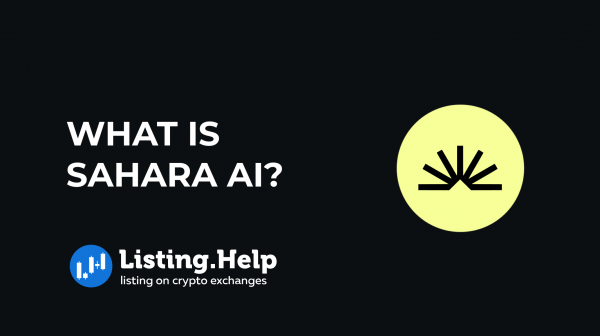
 July 2, 2025
July 2, 2025 